The year is 2001. iTunes just released, Wikipedia just launched and a foot-and-mouth outbreak took place in the United Kingdom. Something you may not remember was the relatively quiet launch of Clive Barker's Undying at the end of February.
Undying (for short) was Clive Barker's (famous horror novelist among several other roles) third foray into video games and his first original game story, developed from whatever art and environments the studio had already created. Game developer DreamWorks Interactive had been developing a game based on a Steven Spielberg project from 1999 but were struggling with the storyline. Barker was brought in to fix that.
His work is clearly visible throughout the entire game; the writing is elegant, the atmosphere finely tuned for horror and mystery. Any game is, of course, a shared effort between programmers, artists and game designers, but you can credit Clive Barker for changing the main character from intense warrior priest Count Magnus Wolfram to the more relatable, down-to-earth Patrick Galloway - a war veteran with experience in dealing with occult matters.
2001 was certainly not an easy year for a game to make a splash with titles such as Halo: Combat Evolved, Grand Theft Auto III, Devil May Cry, Civilization III and several other all-time classics. Some games are bound to be forgotten, but did this game ever have a chance?
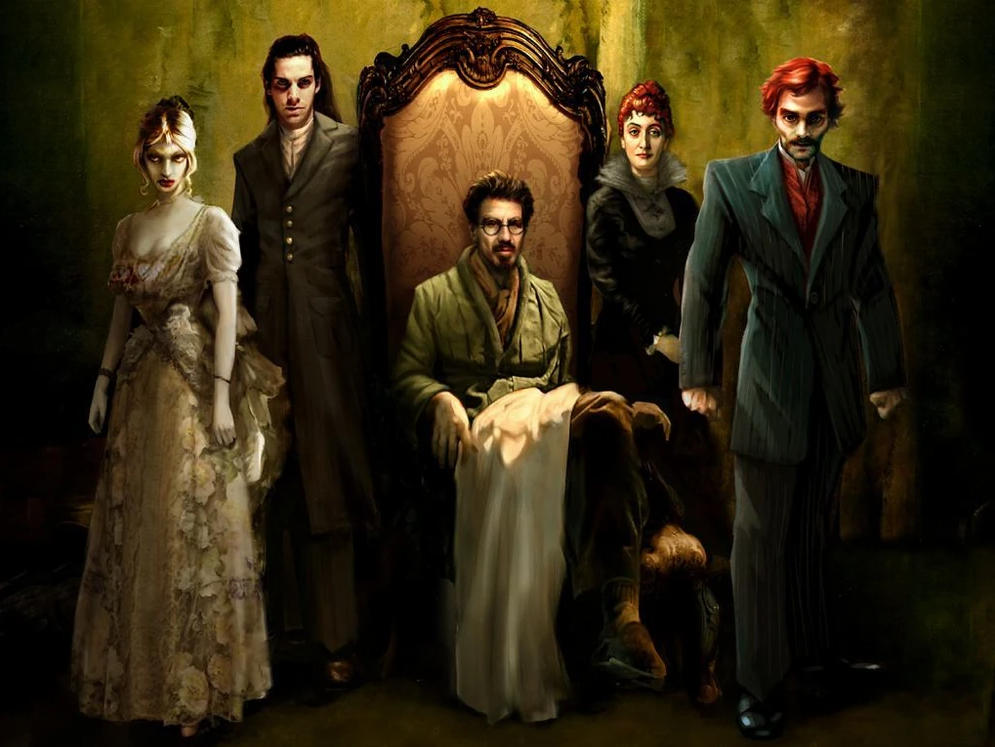
The main characters of Undying (bar Patrick Galloway) left to right: Lizbeth, Ambrose, Jeremiah, Bethany and Aaron Covenant.
Remembering Undying
When the development team showcased Undying to Electronic Arts - their publisher - violence in video games was a hot topic in the United States. Seeing what would turn out to be a fairly violent, 18+ game with mature themes and loads of blood resulted in the marketing budget for the game being slashed. The biggest advertising it got was slapping Clive Barker's name on the disc box.
I found this game in an electronics store, as a wee boy of seven, in the discounted section. Random chance made me stumble upon it and I must say, it is probably the best unplanned purchase I (my parents, for me, I was eight okay) ever made. I have played this game at least 10 times. Why am I so fond of this game and why do I think it is worth remembering?
The game doesn't look wildly better than other games from its time. Some of the animations are... interesting (see picture below), the enemy AI becomes quite predictable after a few encounters and the last act falls a bit flat.

Invoke can resurrect dead things, but the most horrifying part is the low-polygon mess that ensues. That is, supposedly, a soon-to-be-undead donkey.
I remember the game for its story. Using more modern words, for its vibe. The plot develops somewhat similarly to a novel: You get to the mansion, your old war buddy fills you in on why he called you over (spooky things happening in the middle of nowhere) and aside from a handful of subsequent conversations (the help know all the gossip), most of the story develops through journal entries, bizarrely scattered throughout the world. If you choose to play this game, you might wonder why everyone just leaves pieces of journal lying around the entire mansion, in the catacombs, in other dimensions or just on, like, a hill somewhere. Please chalk all of that up to "2001 games" logic.
Aside from the story, I was completely enthralled by the fantasy of playing some dude with great, luscious, pixelated hair that wields a shotgun in one hand and casts literal fiery skull storms from the other. A similar system exists in Bioshock, but I feel Undying's implementation works better since mana regenerates over time. Some of the spells can be combined with weapons to create new effects (lightning-infused spear projectile, anyone?) and the game has many more similar surprises for those who dig deep enough to find them.
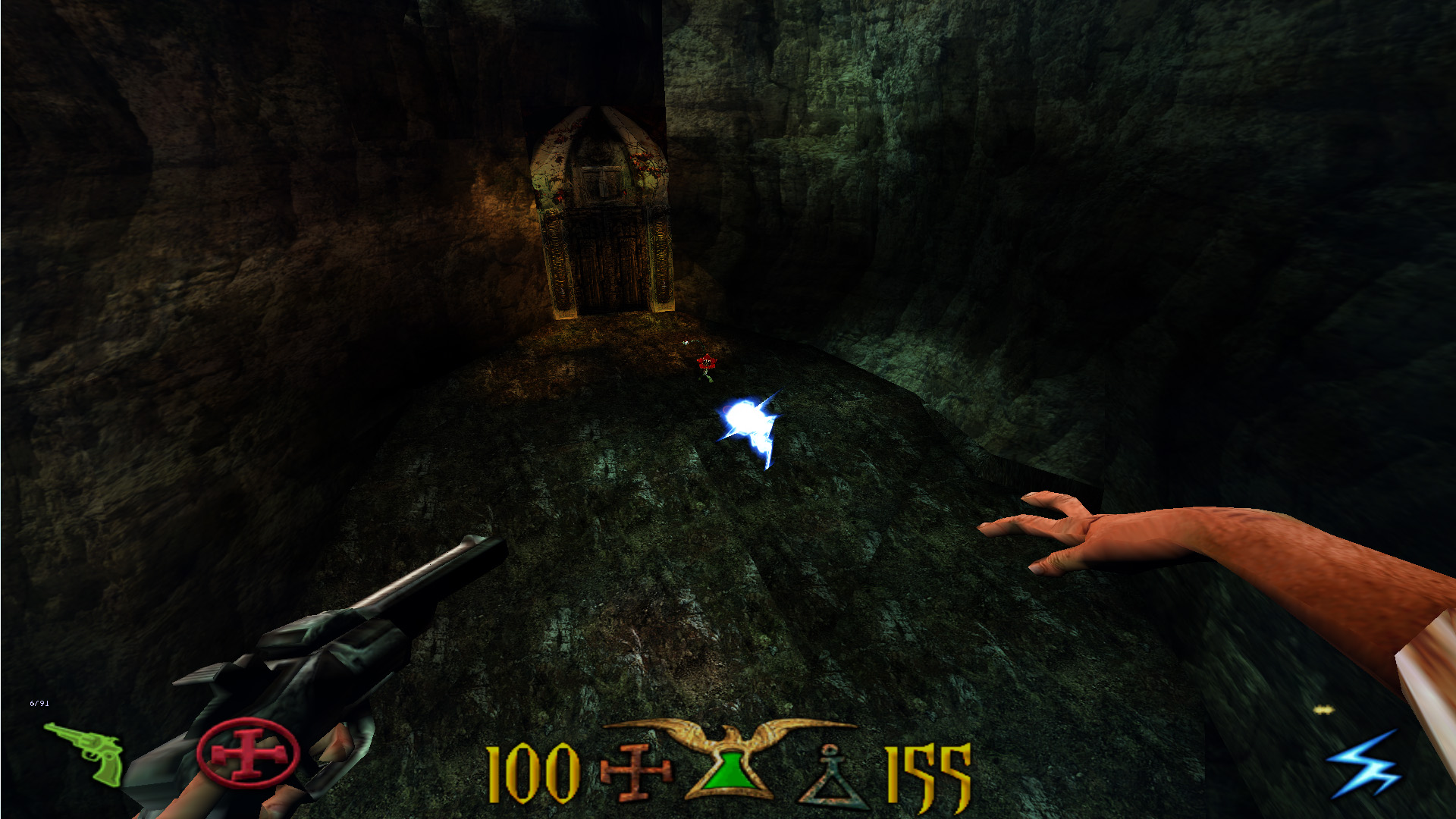

Left to right: Lightning doesn't do much to that barely-visible evil plant on its own. If you charge the harpoon (see the blue hue) then shoot it, you can go full Zeus-mode. Open images in new tab for more detail.
So, What Do You Actually Do?
The gameplay loop is a mix of killing things, figuring out how to navigate the [oftentimes] labyrinthian layout of the world and solving puzzles that are rarely obvious and brimming with hints, unlike we've been conditioned to expect from newer games.
Combat
How you deal with things that want to kill you (read: most things in the game) is, for the most part, up to you. Every enemy has certain strengths and weaknesses when exposed to your arsenal. Undead get one-shot (and prevented from reanimating) by the Invoke spell, Howlers are quite susceptible to the Double-Barreled Shotgun and when you get the Skull Storm spell, you'll probably just stick with that. Skull Storm is king.
Most boss fights are a different story. In order to defeat those, you need a special weapon: The Scythe of the Celt. I won't go into how you acquire this very special scythe (it's really cool, play the game), but after slapping the boss around for a bit, you need to get close and decapitate them. What better way to make sure something stays dead, right?
Overall, you're free to mix & match any combination of the 8 weapons and 9 spells in the game. Some spells serve more of a puzzle-solving purpose (which we'll get into later), while others can provide a substantial boost to your survivability. With mana regenerating on its own and some of the weapons having infinite/no ammo, you'll always have a way to defend yourself.
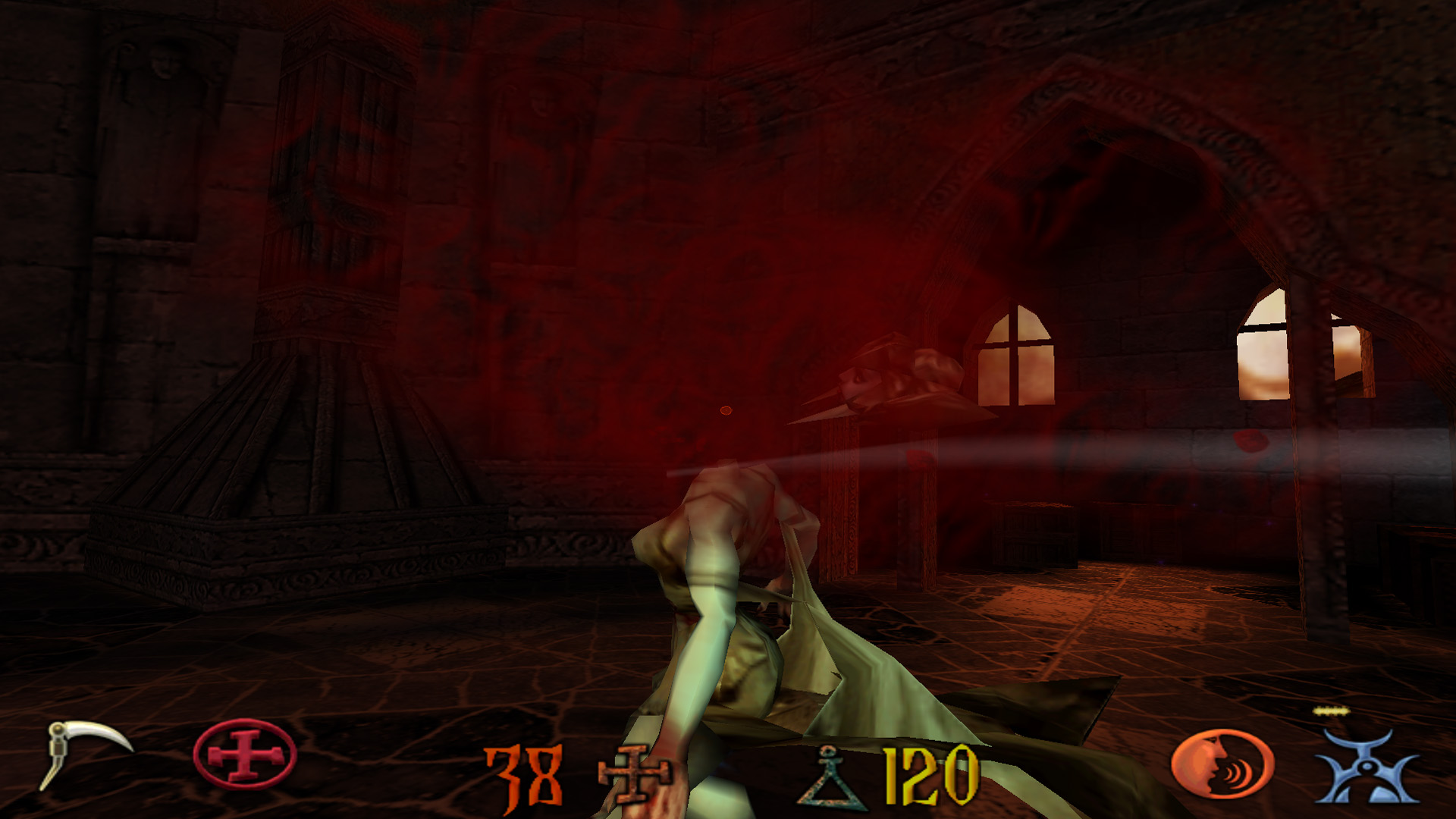
Decapitation is a central aspect of both gameplay and story.
Puzzles
Puzzles are an integral part in the game. You will oftentimes find yourself in situations where you need to complete a puzzle in order to gain a prize, in order to advance, or in order to survive.
An early example of this can be seen when traversing what seems like an endless corridor. Opening a door, you enter a sort of weird... corridor drawing room. To your right, you can see an Amplifier Stone (basically a skill point you can use to upgrade a spell to a higher rank) but as you approach it, the ghost of Aaron, one of your war buddy's brothers, uses the Force and pushes you back.
If you thoroughly explored the chapel earlier in the game, you may have come upon Ether Traps. You may have also been attacked by invisible monks, unless you quickly ran out of the room or used an Ether Trap to send those damn monks into the ether. If you time it right, with enough momentum you can throw an Ether Trap right under Aaron a split centimeter before he pushes you back again, temporarily ridding yourself of his damn cackles and enabling you to pick up the Amplifier. Aside from a short journal entry from Patrick himself (describing the use of those traps), though, you need to figure this all out by yourself.
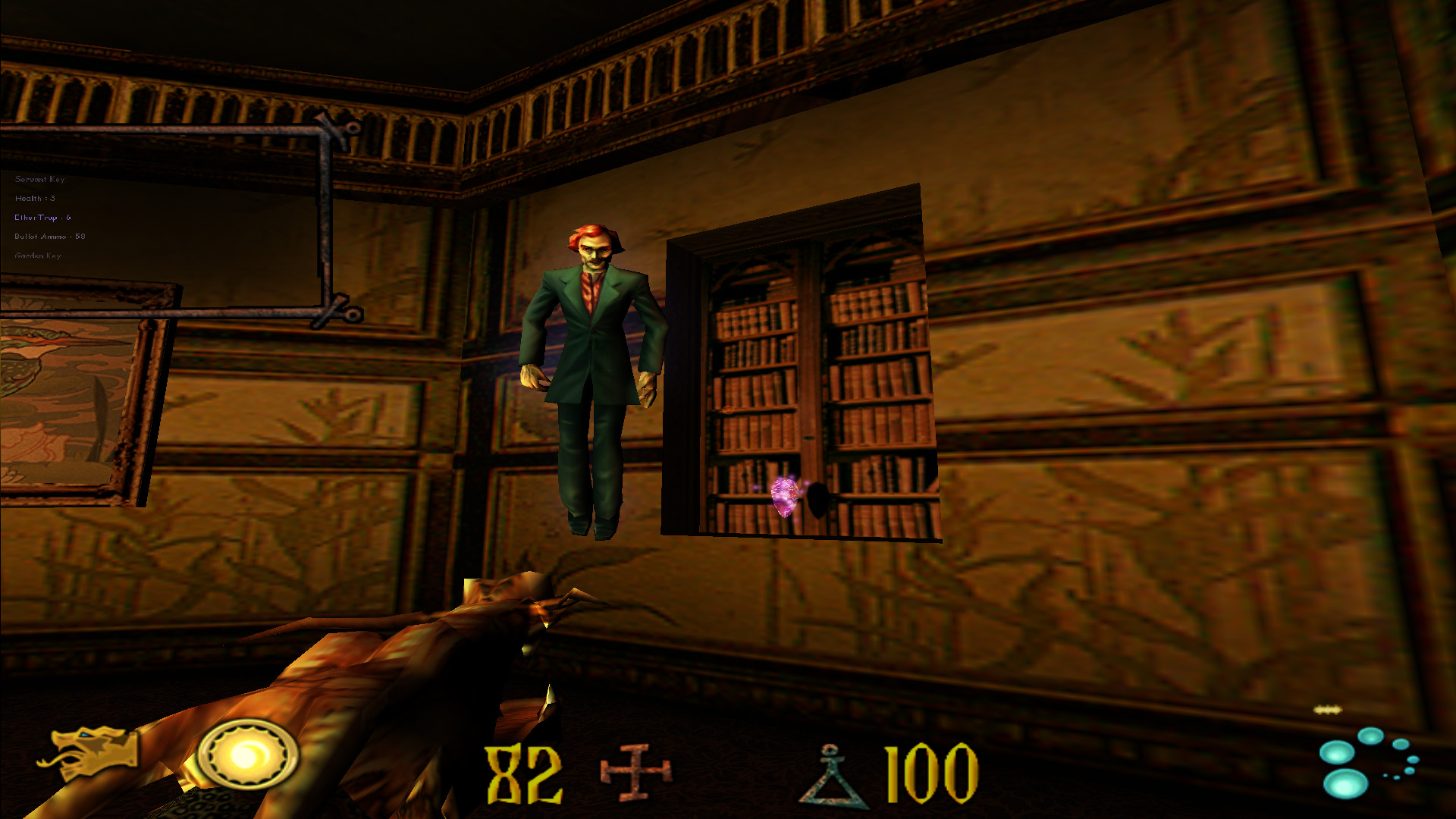
Aaron is both an annoying pest and a terrifying presence, especially later in the game.
Shortly after the Aaron encounter, the corridor you've been crossing comes to a dead end. There's a mirror (to behold your luscious, pixelated bangs, perhaps?) and a door frame with a mysterious energy shield that blocks the path forward. You try to turn back but the door to the corridor is locked. This is one of the puzzles the game does really well. After emptying your Revolver on the energy shield, you start to wonder: "Perhaps this mirror was not placed here for me to admire my bangs..."
You decide to jump through the mirror and lo' and behold, you go right through to what looks like a weird ritual room. You won't spend too much time wondering what the hell you're supposed to do in a round, empty room because once you get close enough to the sconces fixed to the wall, Patrick Galloway raises two fingers and lights up the nearest one. If you're a keen observer, you'll notice his matchbox fingers are how he lights up Molotov Cocktails too!
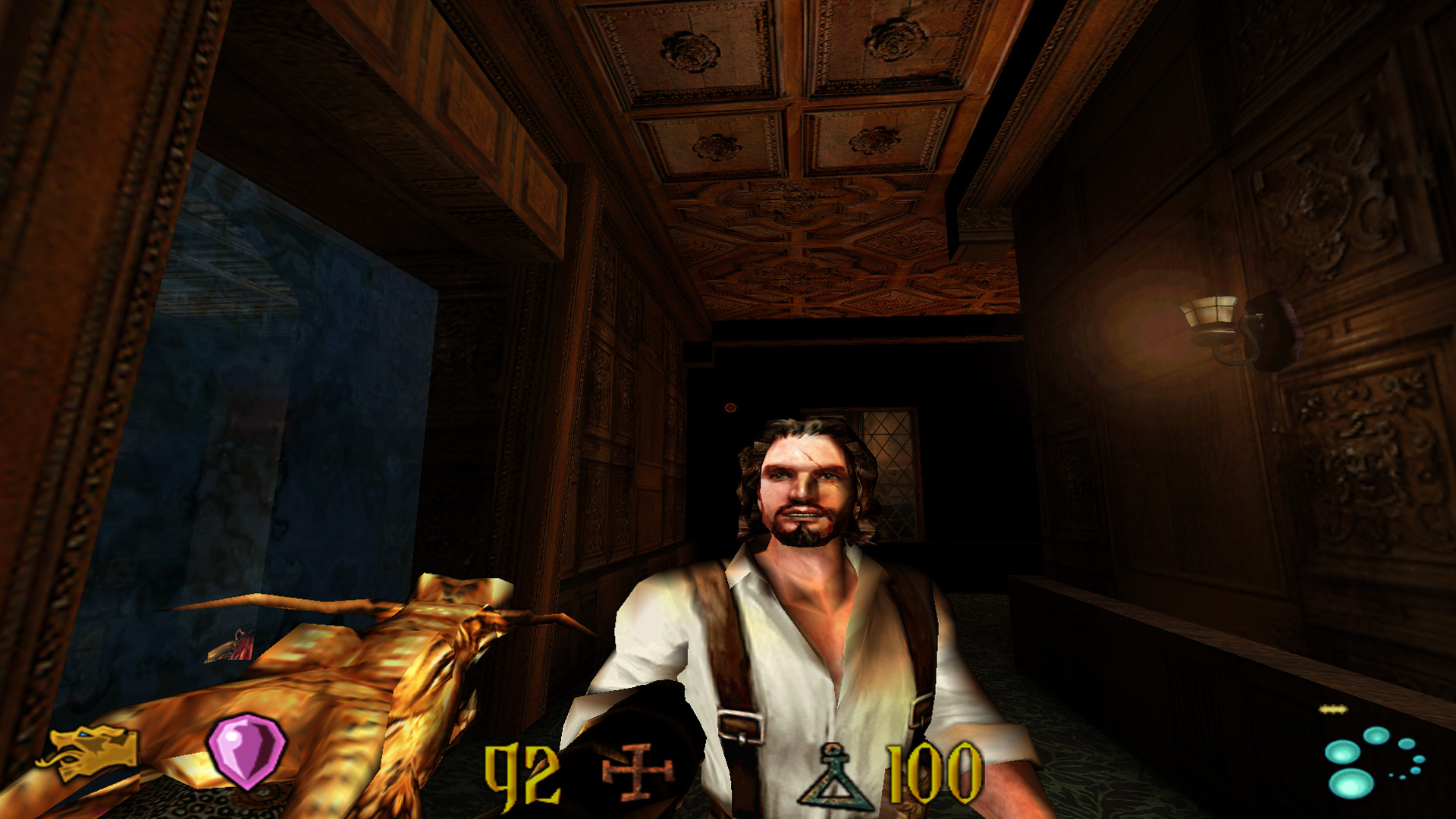
Imagine surviving the first World War and dealing with horrifying occult experiences on a daily basis and NOT losing all your hair.
Once you light up all the sconces, a scroll pops up in the middle of the room and you learn Dispel. Why am I on my third paragraph describing a single puzzle? Because Dispel is not only used to remove negative visual effects (vomit in your eyes, dizziness caused by some monsters) but it also disables energy shields in the immediate vicinity (and on some enemies later on!). It is one of the most underrated spells in the game, at its highest rank being able to instantly kill those worms that throw vomit in your eyes at little mana cost.
I'd also like to go on a quick tangent and talk about my experience trying to solve a "puzzle" on the character's first visit to Oneiros, one of the aforementioned "other dimensions". After fighting a floating dude I had no context on (I was eight and wasn't a fan of reading journals back then), I could see the portal that would take me back to our reality - but it was too far to reach. It was floating in the ether, a very wide, unjumpable gap between us. I spend twenty minutes scouring the entire... floating boulder(?) I was on, until I decided to just jump and see what happens. As I approached the edge of the... boulder, closer than I ever got to it, cute little marble tiles appeared out of thin air and carved a path to the portal. The game is littered with mind-bending surprises like this one. It does not hold your hand and pushes you to trust it. Open the image container below for a visual idea of how hidden the tiles are.
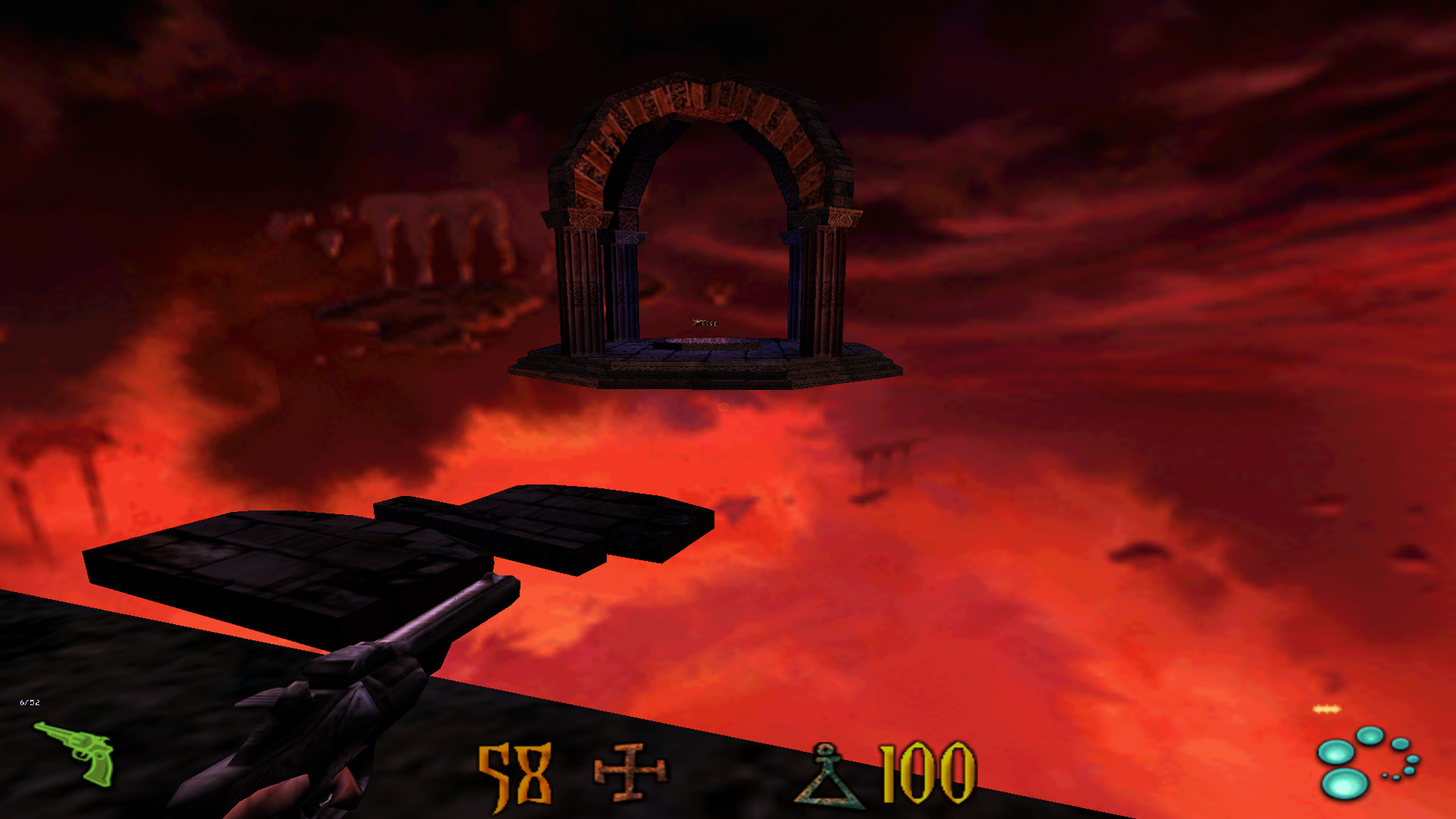
Alright, looks like your run-of-the-mill stairway to the abyss.
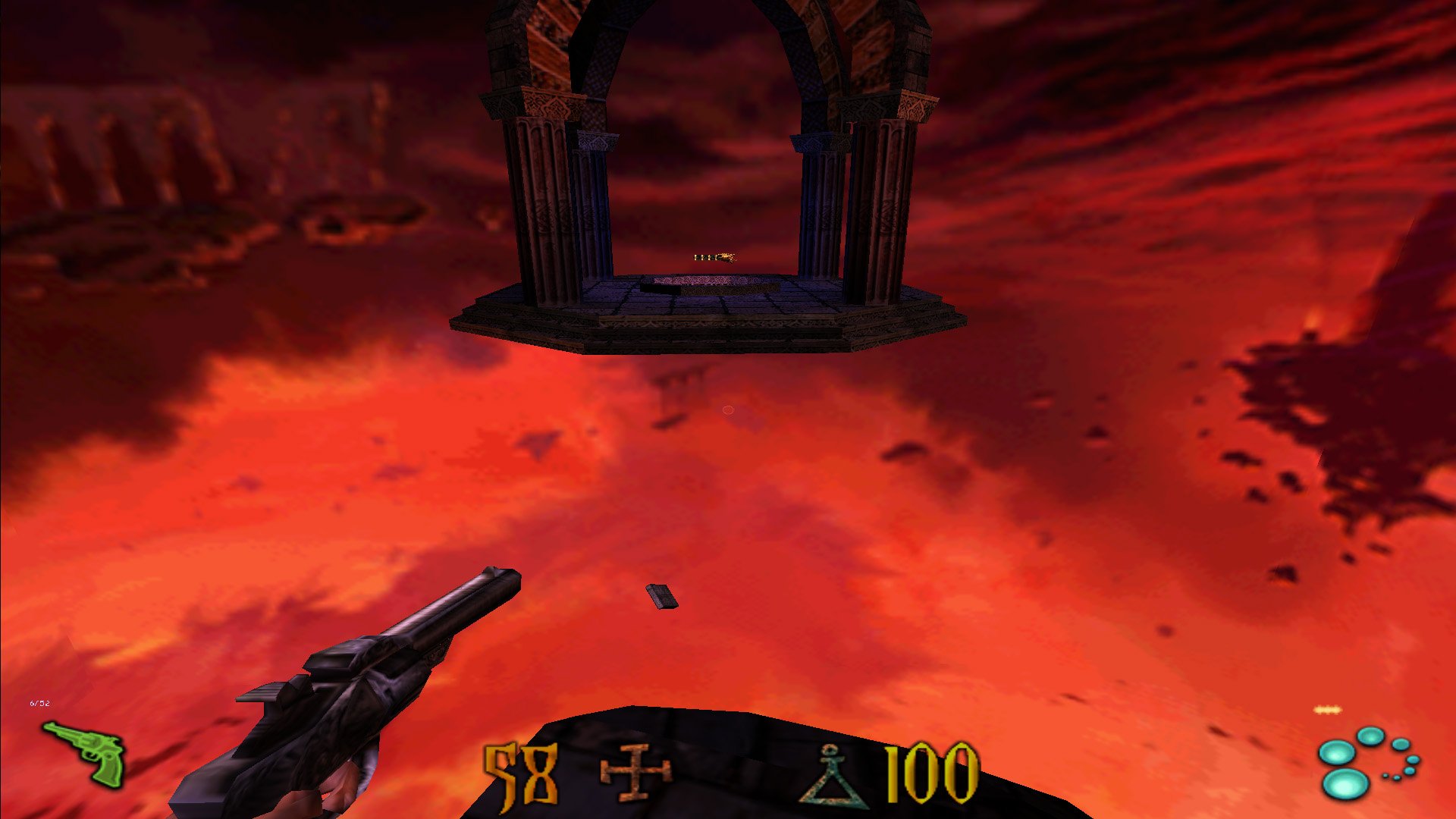
Wait, what's that little tile, spawning out of nothing?

Turns out this place was simply designed by a post-post-post-modern architect.
Another spell that is intimately linked to puzzles is Scrye. Scrye is the one spell you start with. When you hear whispers, that's a cue to cast Scrye. It both increases your vision in dark spaces (and you will need to rely on it considering how 2001 lighting in Unreal Engine works) and shows you visions of (mostly) the past. You can miss a sizable chunk of the game's story and world-building if you don't bother Scrying.
The spell is instrumental in solving certain puzzles. In what can be described as an unpleasant fever dream, using Scrye at a certain point in the game will reveal the heart of an otherwise inanimate statue. Shooting the heart while Scrye is in effect will dislodge it. Picking it off the floor will then fill the room with blood, allowing you to swim up to a platform and continue your quest.

Sp00ky.
Mechanics & Interactions
I cannot stress enough how well the various systems in Undying gel together. Let's talk spells. At higher ranks: Scrye allows you to see enemies' health as an aura; Ectoplasm penetrates thin walls; Invoke, when used on male Trsanti pirates has a sinister effect; Haste increases mana regeneration aside from action speed. All of these effects can only be discovered through trying the spells out, which can result in some exciting gameplay moments.
The Gel'ziabar Stone, one of your starting weapons, may not look too lethal at first - it only pushes enemies back. Throughout the game, you will come across several deep chasms or cliffsides, which will turn the Gel'ziabar Stone into a killer, pushing enemies off into the abyss. Casting a high-rank Haste will also increase its pushing distance.
Dynamite, which the game unnecessarily showers you with, can be used to damage opponents (and is generally lethal), but its main use comes from blowing holes in walls or floors, opening up new passageways. Ether Traps come into their own late in the game and provide necessary security when exploring the manor's endless halls. Phosphorous shells are wasted on most enemies, but plants will burn to a crisp.
So many of these fairly hidden interactions are not mentioned in the game manual, and not even in Prima's Official Strategy Guide for Cliver Barker's Undying, a 192-page book alleging to be the ultimate source of everything you need to know of the game! That's right, if you play through the game a few times, you'll know more things about it than its official guide does! In an age of ever-increasing optimization of games, where there's a guide for everything and all activities are dissected to their core, Undying shines brightly as a game that can still surprise the player.

Here we are, chilling under an extremely dark staircase.

Here we are, chilling under an extremely dark staircase with the Scrye spell active.
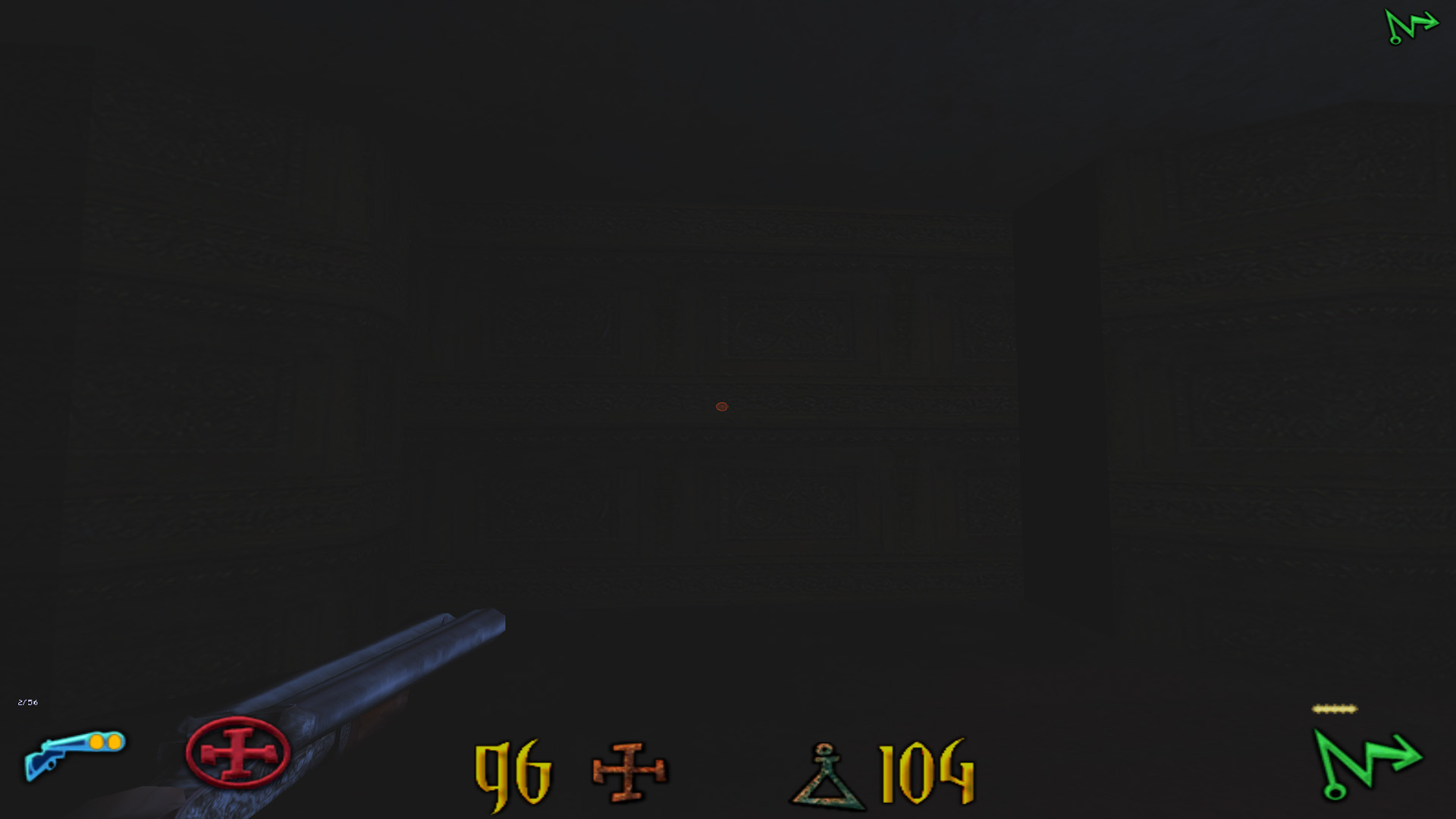
Here we are, chilling under an extremely dark staircase with the Haste spell active.
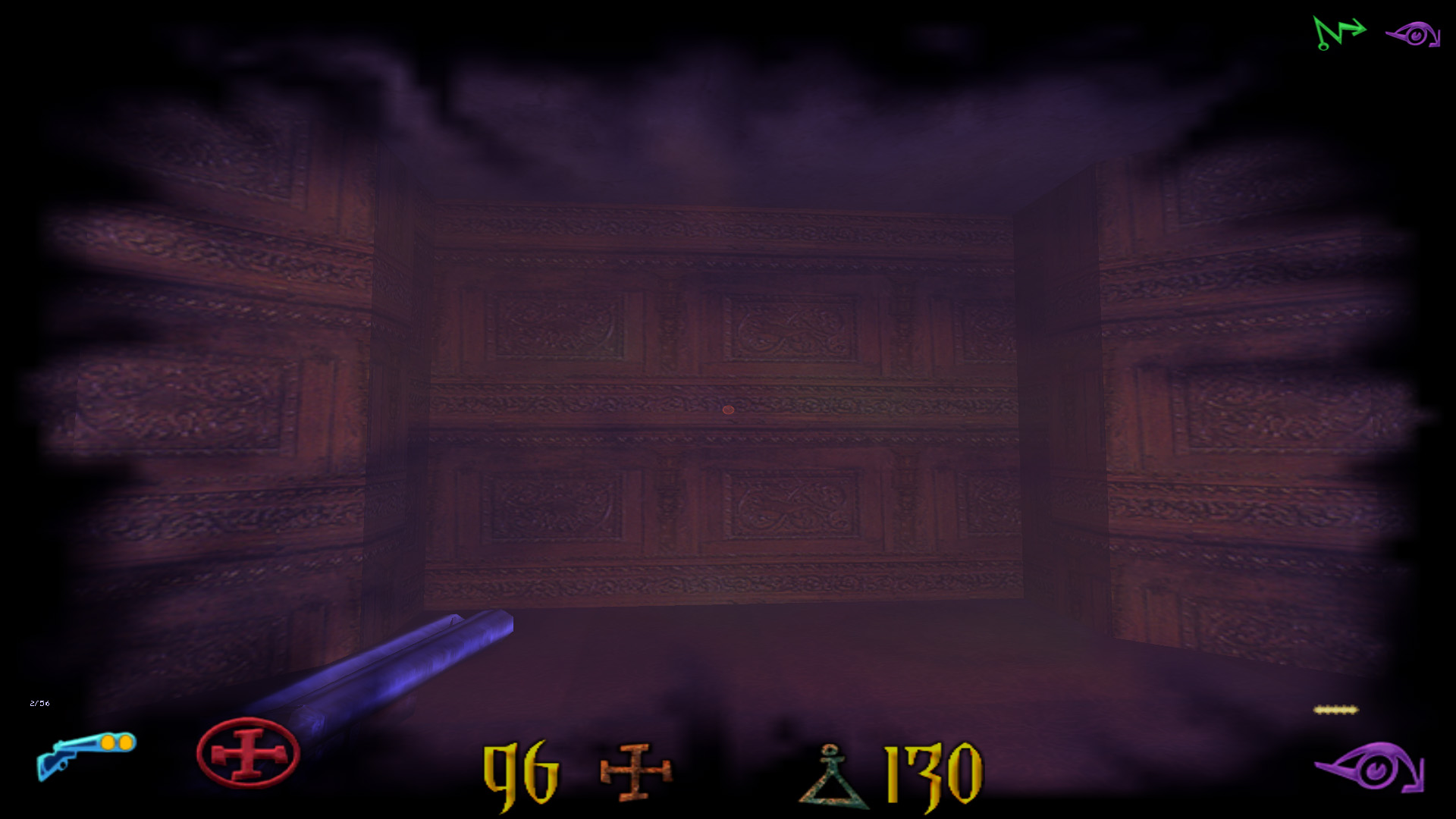
Here we are, chilling under an extremely dark staircase with both the Scrye and Haste spells active.
Conclusion
I cannot say whether Clive Barker's Undying had much influence on future games, on the account of the fact that so few people ended up playing it. Brady Bell, the game's director/producer (who is now director for Magic: The Gathering across all franchises) visited id Software's (Doom franchise) studios years after Undying launched and the staff expressed they were using the game's monsters as references for their own work. Perhaps Bioshock was inspired to create a meld of weapon & spell combat because of it; it is hard to track down any discussions about Undying from either fans and developers. Regardless, to the few who did play the game and got to the end, I'm sure it left enough of an impression to at least consider it a decent experience. For all its faults, Undying still feels unique and fun more than 20 years later - it's not your run-of-the-mill shooter.
Did you play Undying? Do you plan to? Let us know in the comments below! Any further questions about the game are also welcome!
If you plan on playing Clive Barker's Undying, we recommend the GOG version which works very well on systems ranging from Windows XP to 10. We do not know whether the game runs on Windows 11 yet.
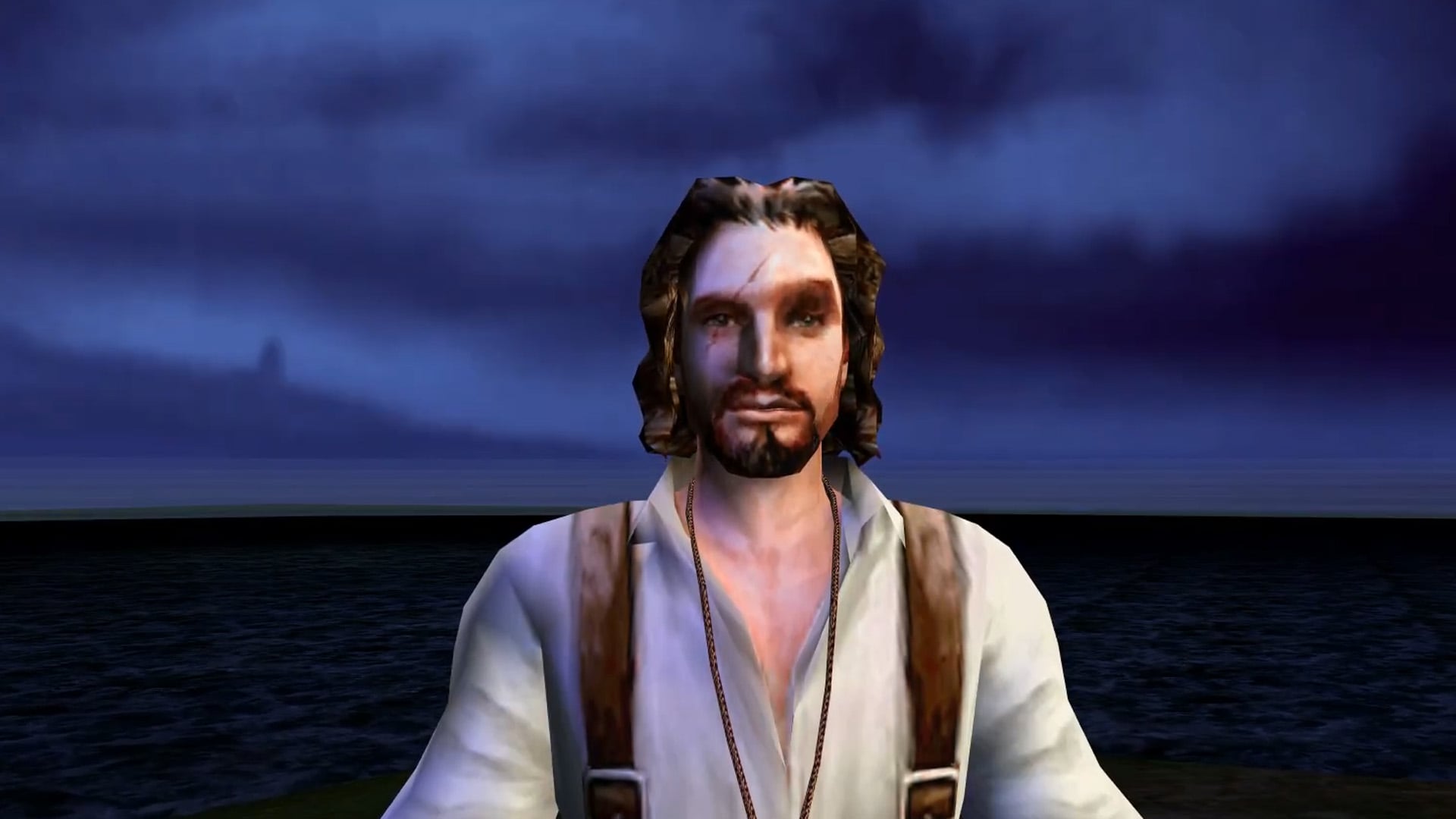
Comments
Never played it, didn't even know it existed.
I still have a ton of unplayed games, so I'm not going to play it immediately, but I wishlisted it at GOG in case I'm in the mood for a horror game later.
And please, more articles like this.
Nice article, I hope we see more of these and not just gaming news